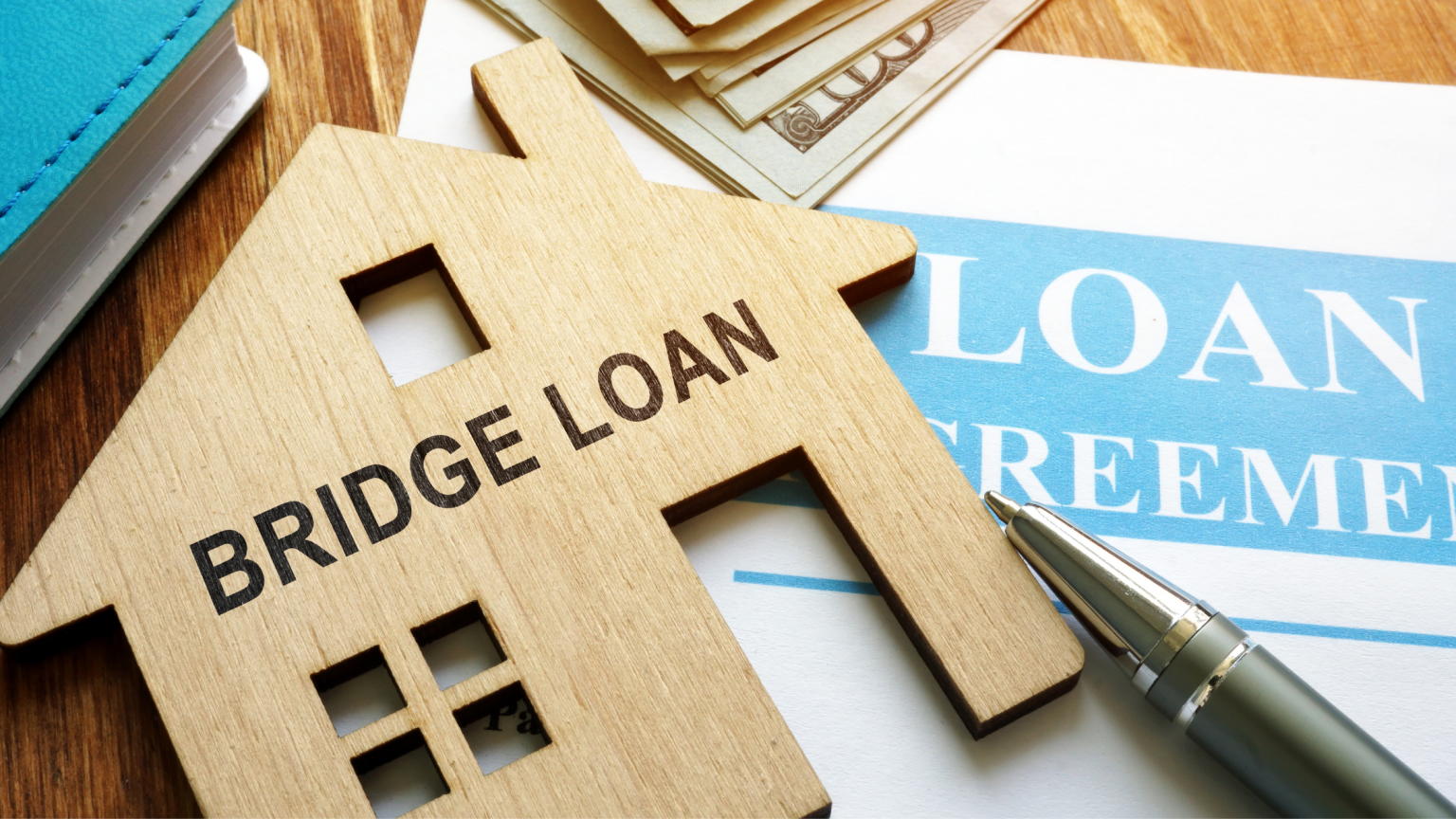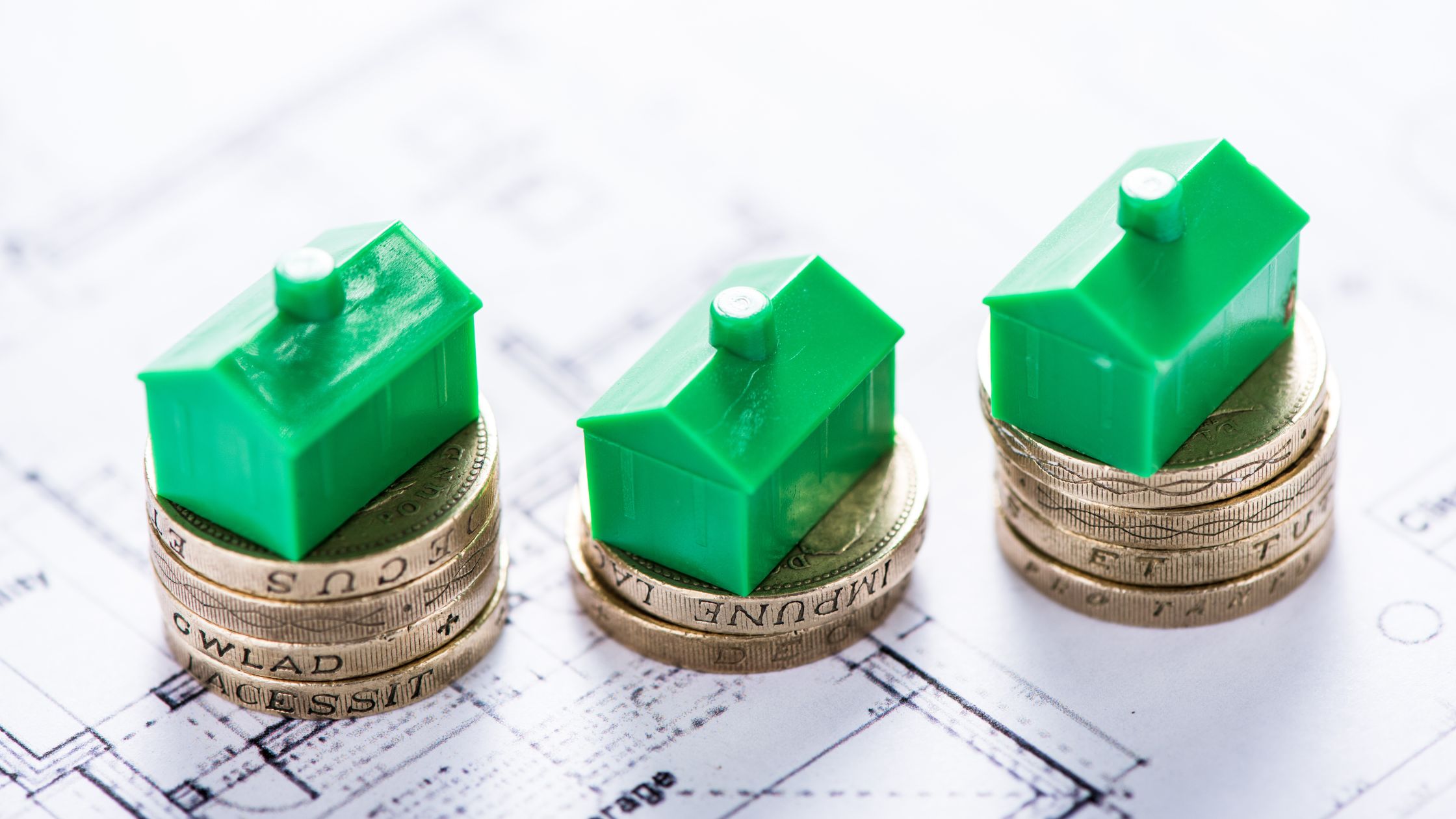Are you ready to sell your home and move into a new one? Managing both can be challenging and stressful, especially if you plan to use the proceeds from selling your current home to fund the purchase of the new one. Fortunately, a bridge loan is an untraditional mortgage option that can ease the process and provide the financial flexibility you need in a home loan.
What is a Bridge Loan?
A bridge loan is a short-term loan designed for people in transitional situations, such as buying a new home while selling an existing one. This loan helps cover expenses like down payments or mortgage payments on two properties at once.
These are often secured by your current home, similar to home equity loans or HELOCs, but other assets may also be used as collateral. These loans can give you the financial support you need when making a new purchase while awaiting the sale of your current property.
How Does a Bridge Loan Work?
Bridge loans, also known as interim financing, gap financing, or swing loans, provide quick access to funds in situations where traditional financing can’t meet immediate needs. Both individuals and businesses use them, and lenders can tailor them to suit various circumstances.
For homeowners, these loans are particularly useful when buying a new home but your current one hasn’t sold yet. You can use the equity in your current home to cover the down payment on the new house while waiting for your current home to sell.
Example: Suppose you want to buy a new home but need cash from the sale of your current home, which hasn’t closed yet. A bridge loan lets you borrow against your current home to cover closing costs or other expenses. Typically, you can borrow up to 90% of the combined value of both homes.
To qualify for a bridge loan, lenders assess factors like your income, home equity, credit score, and household earnings. A strong payment history can increase your chances of approval. However, if your current home has low value, securing a bridge loan may be more difficult. In most cases, the approval process for a bridge loan is quicker than applying for a traditional mortgage.
Benefits
Bridge loans offer several advantages for homeowners in transition:
- Short-Term Financing: A bridge loan lets you buy a new property while selling your old one.
- Home Equity Access: Use the equity in your current home to fund your down payment.
- Avoid iBuyers: Steer clear of iBuyers like Opendoor, who may offer less than your home’s market value.
- Contingency-Free Offers: With a bridge loan, you can make non-contingent offers in a competitive market.
- Fast Closing: Close the deal in as little as 5 days.
- No Need to Wait: You can secure your new home without waiting for the sale of your old property.
- Avoid PMI: Putting down at least 20% with a bridge loan may help you avoid private mortgage insurance (PMI).
Alternative Loan Options
If this isn’t the best fit for you, there are other options to consider:
- Home Equity Loan: A home equity loan allows you to borrow against your home’s equity in a lump sum, often with lower interest rates than a bridge loan. However, you’ll still have to manage two mortgages if your original home doesn’t sell right away.
- Home Equity Line of Credit (HELOC): A HELOC works like a credit card with lower interest rates. You can access funds as needed, and the loan has more flexible repayment terms than a bridge loan.
- Cash-Out Refinance: A cash-out refinance replaces your existing mortgage with a higher one, allowing you to take the difference as cash for your new home purchase.
- 1031 Exchange: If you’re selling an investment property, a 1031 exchange allows you to defer capital gains taxes by reinvesting the proceeds into another property.
- 401(k) Loan: Borrow against your 401(k) to fund your new home purchase, repaying the loan over time with interest.
Is a Bridge Loan Right for You?
A bridge loan can be a valuable tool if you need to purchase a new home before selling your current one. It provides the funds you need to complete your real estate transaction smoothly and efficiently.
The decision to apply for a bridge loan depends on your financial situation and where you are in the home buying and selling process. Ask us about our Dream Home Bridge Loan to find out how we can help you bridge the gap.
Have questions? Chat with one of our loan consultants for personalized advice. Use our free mortgage and amortization calculators to estimate your monthly payments, including insurance, taxes, and interest.
Get My Custom Rate QuoteNo SSN required. Zero impact to credit. Your Information is never sold.






